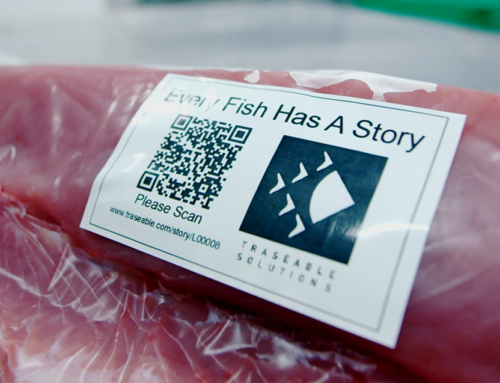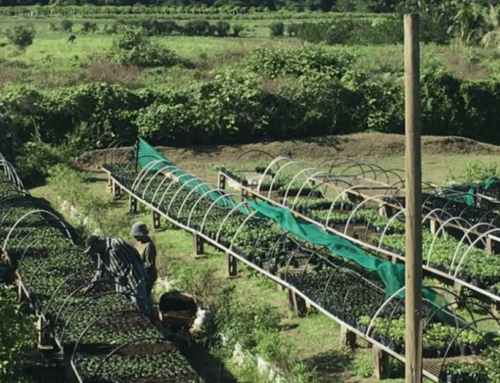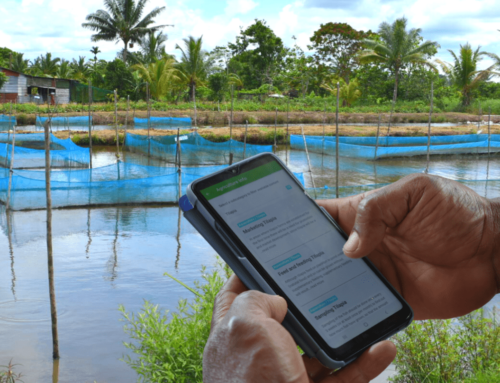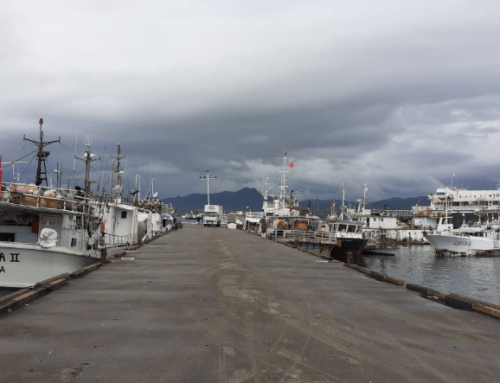Image Credit: Bob Boz / Shutterstock
The ISO definition of traceability concerns the ability to trace the history, application and location of that which is under consideration, and for products this can include the origin of materials and parts, the processing history and the distribution and location of the product after delivery.
In a fisheries and agriculture context, traceability means being able to identify the origin (where it was harvested), every point it changed hands, what happened to it (processing, value adding, etc), what products came from it, and its distribution into the supply chain.
A pandemic on the other hand is the spread of a disease over a wide geographic area. COVID-19 is a global pandemic affecting many countries.
So what do they have in common?
Contact tracing
In almost every press conference on COVID-19 you would have heard the words “contact tracing.” According to the WHO, contact tracing is an intervention to contain the spread of a disease by identifying and monitoring all the people who have come in contact with an infected person.
In traceability terms you are essentially tracing the origin of the disease, who it infected and how, where they have been and when, and who the infected persons have come into contact with since getting the infection. Much like food supply chains this can create a convoluted web of linkages as potentially infected people are contact traced.
Electronic data management is important
As each contact is traced, key pieces of information are recorded and maintained, much like Key Data Elements (KDEs) in supply chain traceability. This information can grow exponentially as more contacts are recorded which requires the need for good data/information management systems to be in place.
In contact tracing it is important to have good digital systems to manage and share data in a timely manner with everyone that needs it – the difference could be life or death. Whereas in food traceability, seafood in particular, it could be the difference between determining whether a seafood product is Illegal, Unreported and Unregulated (IUU) or non-IUU.
We offered our services to the Ministry of Health and Medical Services (MoHMS) to support any data management or contact tracing needs and were pleasantly surprised to learn that the MoHMS team had invested in a digital system that was about to go online. Fiji’s response to the COVID-19 pandemic will no doubt be strengthened with this system in place.





